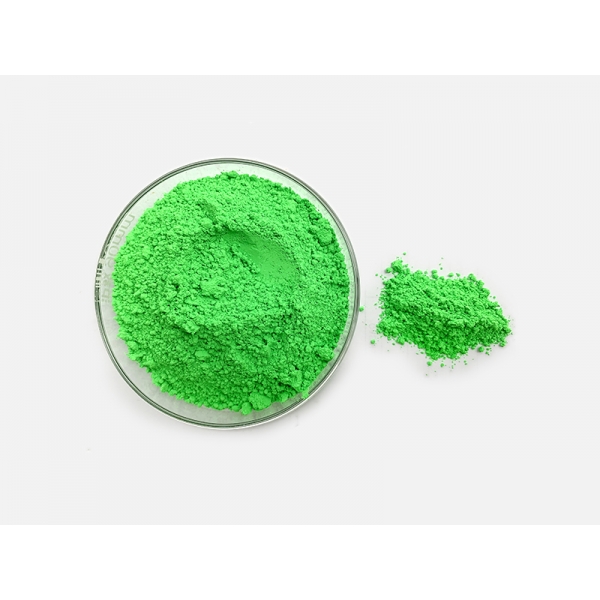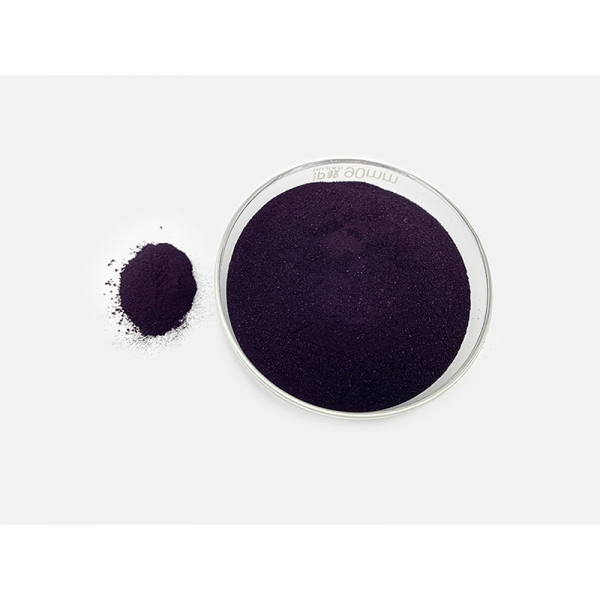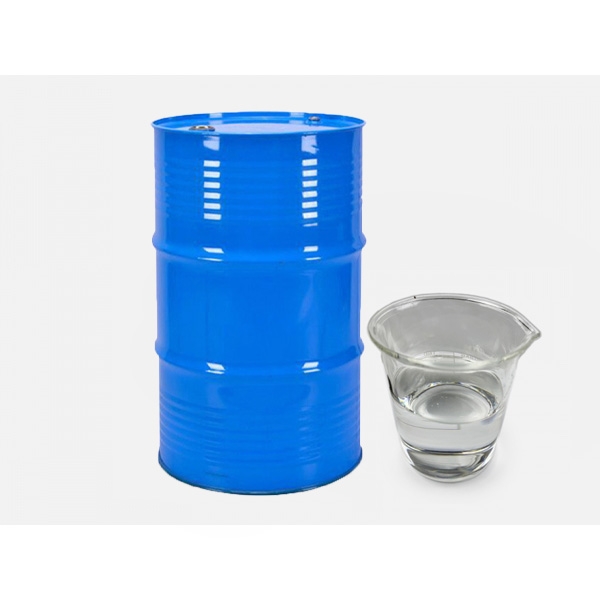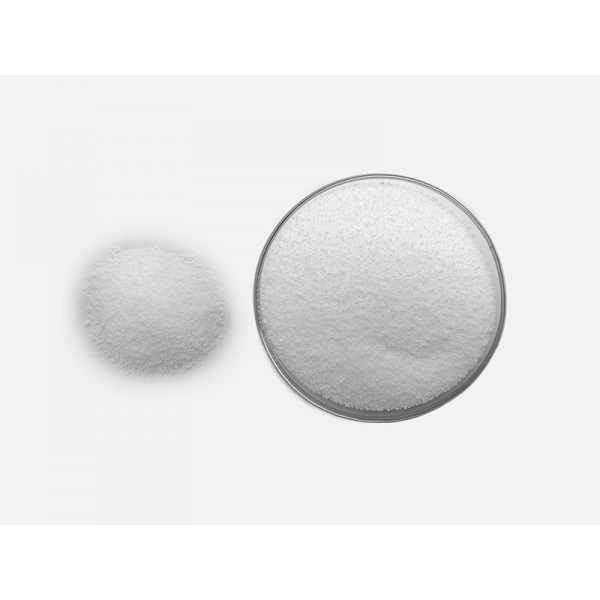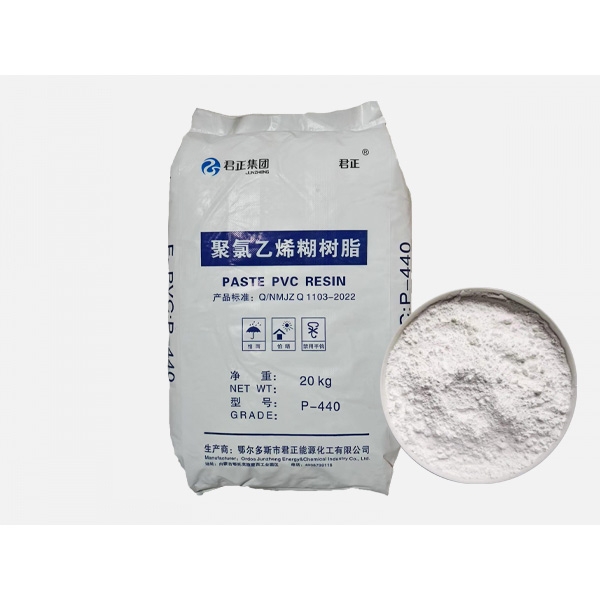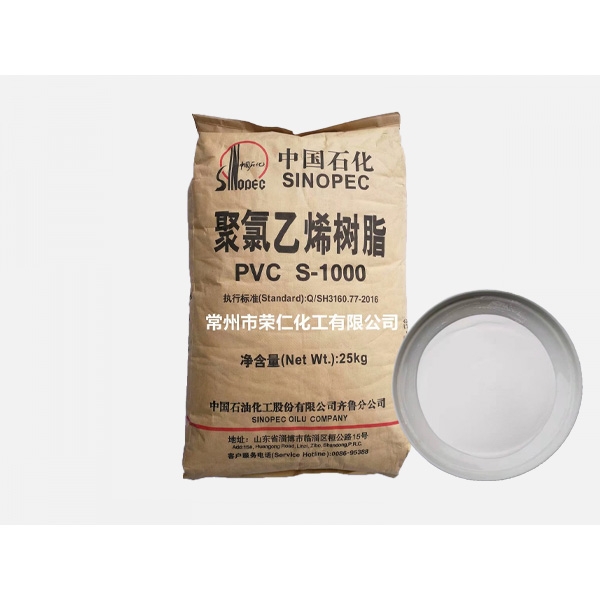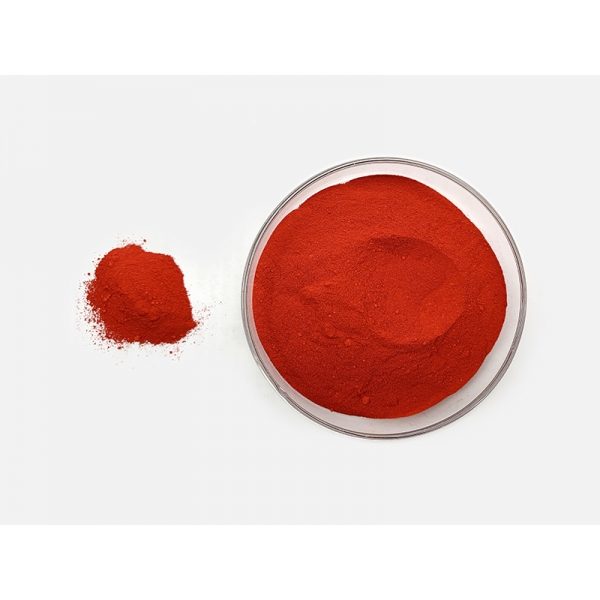Choosing the Right Pigments for PVC Applications – A Performance Guide
Choosing the right pigments for PVC applications is crucial to achieving the desired performance, aesthetics, and durability of the final product. Whether you are manufacturing PVC pipes, window profiles, packaging films, or automotive parts, selecting the appropriate pigment ensures not only vibrant colors but also the long-term functionality of the material. At Jiangsu Pangrui New Materials Co., Ltd., we understand the complex factors that influence pigment choice and offer expert guidance to help manufacturers optimize their PVC formulations.
PVC, being a versatile material, requires pigments that can withstand various processing conditions, as well as environmental stresses such as UV exposure, weathering, and chemical resistance. While some pigments provide excellent color quality and stability, others offer better performance in specific applications. The right pigment selection will balance both visual appeal and long-term durability, making it essential to understand how different pigments behave in PVC formulations.
When selecting pigments for PVC, the first consideration should be the type of pigment: organic or inorganic. Organic pigments, typically derived from carbon-based compounds, offer bright, vivid colors but are more prone to fading when exposed to UV light. On the other hand, inorganic pigments, made from mineral compounds, are known for their durability, UV resistance, and heat stability but may not provide the same brightness as organic pigments. Both types have their advantages and limitations, and the selection depends on the application’s specific needs.
For applications requiring bright, vibrant colors such as in packaging materials and decorative profiles, organic pigments are often preferred due to their intense color strength and ease of dispersion in PVC. These pigments are especially useful for products where color appearance is a critical factor, such as toys, fashion accessories, or consumer goods. However, because organic pigments are sensitive to UV degradation, manufacturers often combine them with UV stabilizers or lightfastness enhancers to improve their resistance to fading over time.
For products exposed to outdoor elements or subjected to harsher environmental conditions, inorganic pigments are the go-to choice. These pigments, such as titanium dioxide (for white) and iron oxide (for red, yellow, and brown), provide excellent UV stability, weather resistance, and thermal stability. As a result, inorganic pigments are ideal for building materials like pipes, roofing, and window frames, where long-term durability is more important than vibrancy. These pigments also have excellent heat resistance, making them suitable for applications like automotive parts and electrical insulation, where thermal stress could otherwise cause pigments to degrade.
A key factor in pigment selection is dispersion. The uniform distribution of pigments in the PVC matrix is essential to ensure consistent color and optical properties. Poor dispersion can lead to color streaks or unattractive surface finishes, which affect product aesthetics. To achieve excellent dispersion, dispersing agents or processing aids are often used alongside pigments to ensure smooth integration into the PVC formulation.
Another critical consideration is color stability. When choosing pigments, manufacturers must assess their lightfastness (resistance to UV-induced fading), weatherability (resistance to environmental exposure), and heat stability (resistance to degradation during processing). For applications like outdoor signage, furniture, or automotive parts, pigments must withstand prolonged UV exposure without fading or losing their intensity. To address this, high-performance pigments that are resistant to UV rays, high temperatures, and other environmental stressors should be selected.
The cost-effectiveness of pigments is also a consideration. While organic pigments tend to be less expensive, inorganic pigments, though more costly, offer longer-lasting color stability, which can reduce the need for frequent replacements or reapplications. Manufacturers must balance initial pigment costs with the long-term performance and durability of the product, taking into account maintenance costs and the expected service life of the end product.
At Jiangsu Pangrui New Materials Co., Ltd., we offer a wide range of high-quality organic and inorganic pigments designed to meet the diverse needs of PVC applications. Our team of experts works closely with clients to select the best pigments for their specific needs, whether for clarity, brightness, or long-term durability. We ensure that every pigment is engineered for optimal dispersibility, color retention, and processing efficiency, helping you achieve the perfect balance of aesthetics and performance in your PVC products.
Ultimately, the choice of pigment depends on the desired aesthetic appearance, the end-use environment, and the performance requirements of the PVC product. Whether you need vibrant, eye-catching colors for consumer goods or weather-resistant pigments for long-lasting building materials, understanding the characteristics of each pigment type is critical. Working with experts like Jiangsu Pangrui ensures that you can make the right choice and optimize your PVC formulations for superior results.

